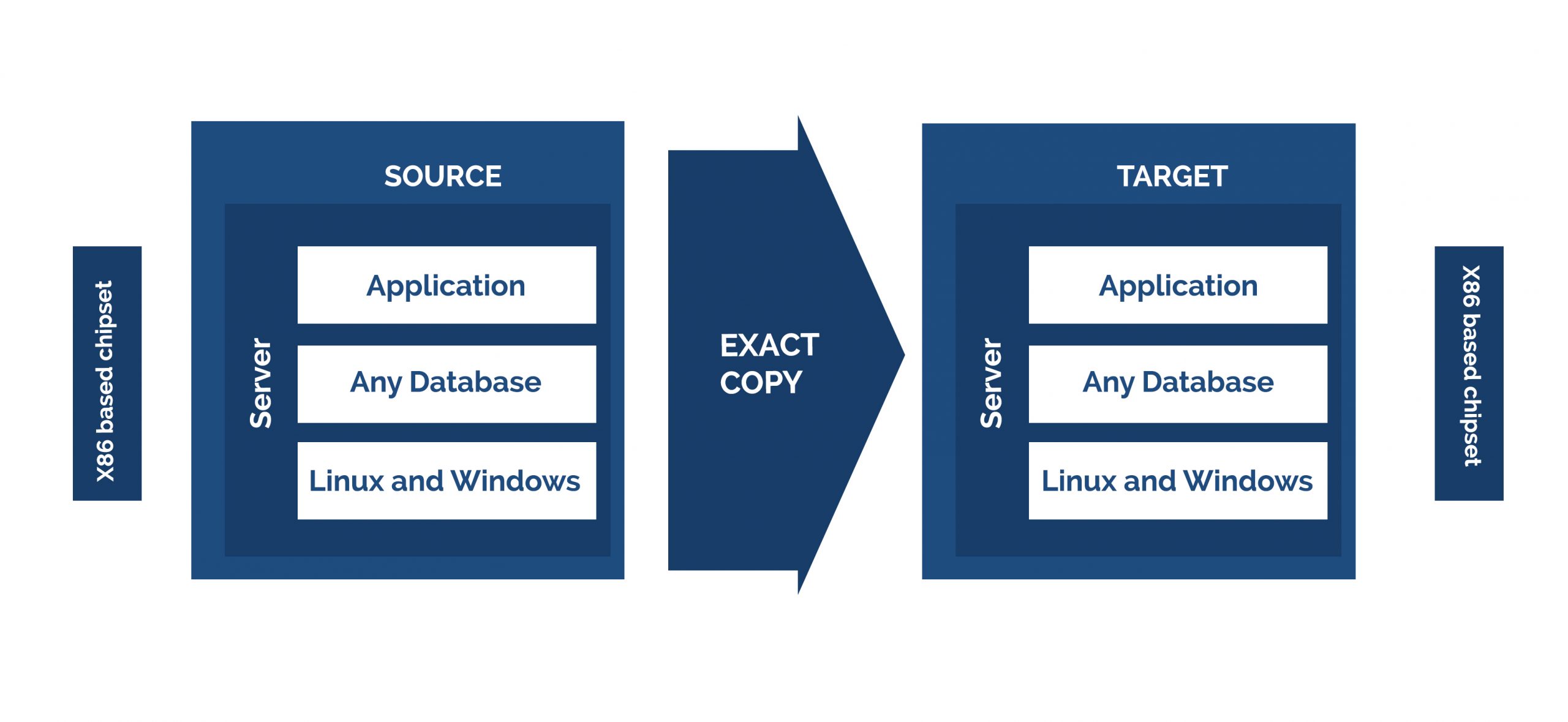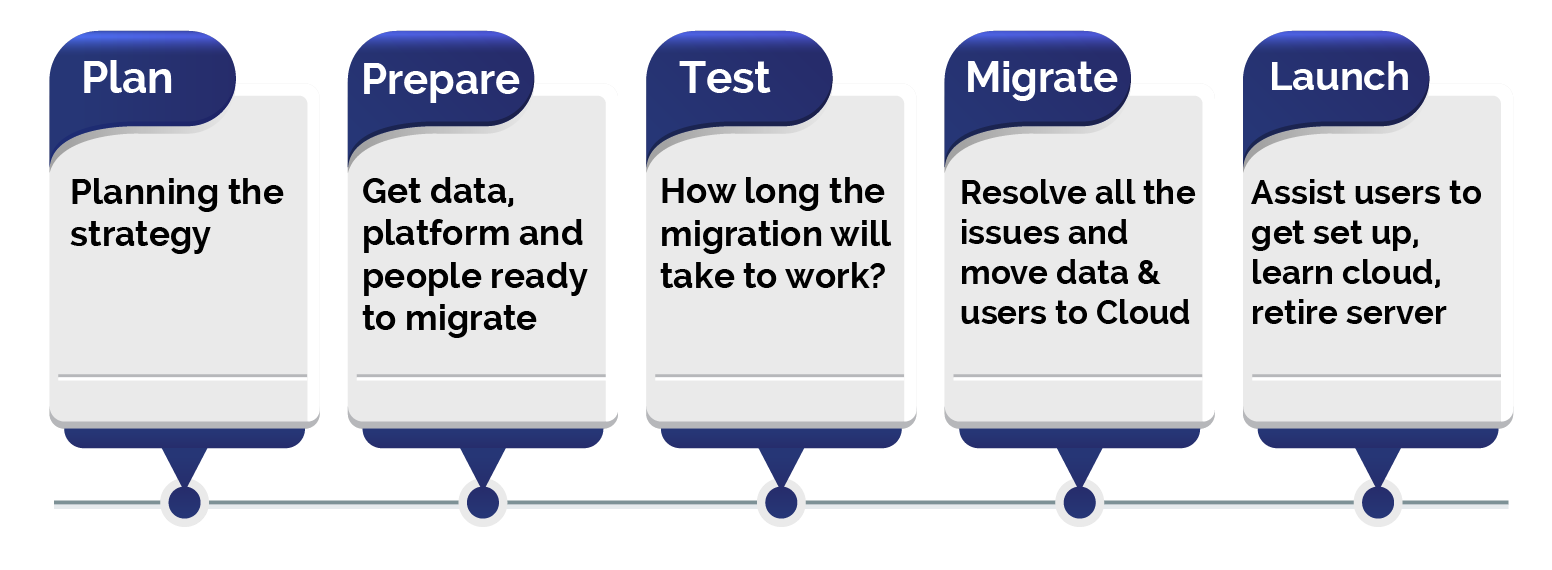
All-In-One Scriptless Test Automation Solution!
All-In-One Scriptless Test Automation Solution!
Migrating to the cloud is a complex process that must be customized to address the technical, functional, and operational needs of an organization. A successful migration strategy should not only address the short-term aims, such as decreasing hosting costs, but also the long-term goals, like better alignment between IT and business objectives. To meet these goals, organizations tend to focus on three main cloud migration strategies. We’ll explore each below.
The process, method, and tools for migrating workloads to the cloud are considerably dependent on the aimed cloud migration models: IaaS, PaaS, and SaaS. Let’s have a look at each of these migration approaches.
Among all these options, the simplest and fastest way to get an existing application to the cloud is with a lift-and-shift, Infrastructure-as-a-Service migration
“Lift and Shift” has proven to be a unique approach for many organizations looking for a quick, low-risk method to move their workloads to the cloud. But what if you had an additional option to lift and optimize your primary infrastructure as part of your cloud journey?
Think strategy: Lift–and-shift is one of the approaches to migrating your apps to the cloud, which means moving an application and its correlated data to a cloud platform—without restructuring the application.
There’s no all-purpose transition for moving an application from your on-site data center to the cloud. However, there are accepted core migration paths; many consider lift and shift (re-hosting) to be among them. Life-and-shift provides a way for businesses to secure their investments in business logic, workflow, and data trapped in on-premises hardware.

Migrating your application and correlated data to the cloud with less or zero changes is the lift-and-shift migration approach. Applications are expertly “lifted” from the present environment and “shifted” just as it is to new hosting premises, which means in the cloud. There are often no severe alterations to make in the data flow, application architecture, or authentication mechanisms.
The lift-and-shift approach opens ways to IT modernization by moving to open and more expandable architecture in the cloud. Organizations ponder lift-and-shift for solid business reasons such as cost-effectiveness, improved performance, and flexibility.
Nevertheless, one business strategist provides a more organic explanation. He confronts that applications perform and emerge depending on their environments; and that the cloud offers larger size and diversity of services versus on-site data centers.
With the lift-and-shift method, on-premise applications can move to the cloud without remodelling. Since they cannot take full advantage of native-cloud features every time, this may not be the most cost-effective migration path. To avoid bounce back, businesses require a cost-allocation strategy and clear-cut roles within their organization to monitor cloud spending. This will most likely need additional tools.

Let us evaluate some of the principal benefits of using the Lift-and-Shift method:

Step 2: Evaluate all the connections in and out of the application and its data.
Ultimately, we would always advise working with a provider who has expertise in migrating applications. Sun Technologies can help you decide what the right method of migration is for your organization,, offer guidelines for the future of your application, and ensure that this is all hitched in with your broader cloud strategy.
Take a look at how our clients have benefited from our transformational method to cloud migration with the below capabilities:
You require a cloud migration provider to traverse costs and technical complexities. Sun Technologies is one of the secure, fast, automated cloud onboarding solution companies with governed migration services. It also strengthens APIs to mirror existing server environments and move them into private, public, or hybrid clouds without interrupting existing workload functions and performances.

Vaidy is an experienced lead Solutions Architect heading sales and project delivery for Cloud (AWS, Azure), DevOps and legacy Modernization projects with a demonstrated history of working in the information technology and services industry. He is a strong engineering professional with a Master of Science (MS) focused in Computer Software Engineering from BITS Pilani. He has the capability to manage bigger teams and generate revenue through new Sales and Account Mining.